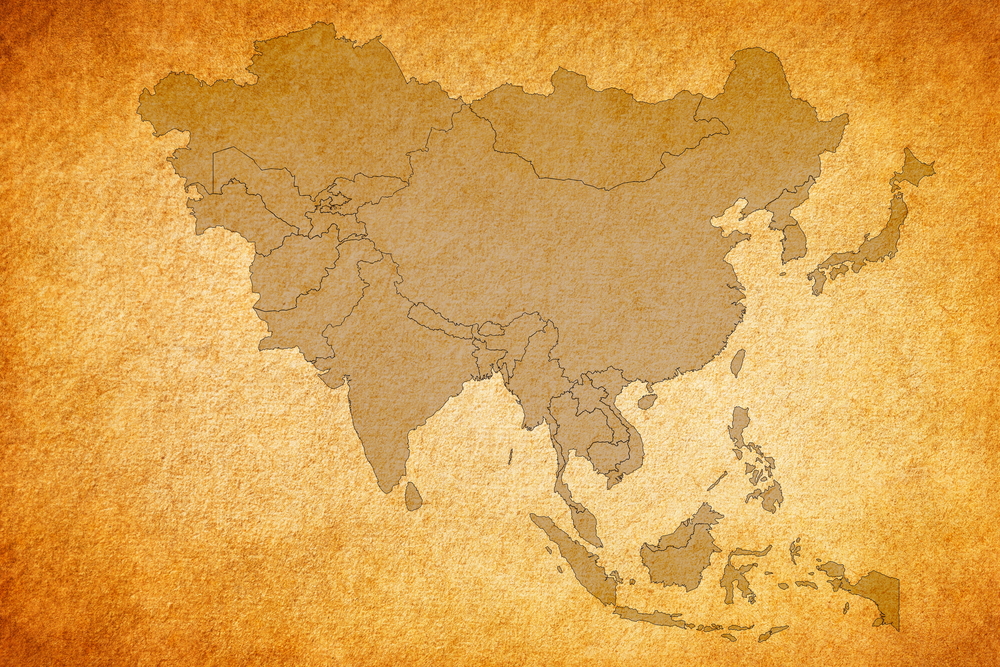Can the 21st Century be the Asian Century?

Please note that we are not authorised to provide any investment advice. The content on this page is for information purposes only.
The real test of the so-called Asian Century will be whether living standards in the region’s emerging economies can continue to improve, whatever the GDP numbers. That challenge is getting tougher. If the British Empire dominated the 19th century and the 20th century by the United States, the Asian Century – the shift of global growth momentum from the transatlantic axis to the East – projects to reign in the 21st century.
The real test of the so-called Asian Century will be whether living standards in the region’s emerging economies can continue to improve, whatever the GDP numbers. That challenge is getting tougher. If the British Empire dominated the 19th century and the 20th century by the United States, the Asian Century – the shift of global growth momentum from the transatlantic axis to the East – projects to reign in the 21st century.
While the shift of global growth to Asia will continue, it is decelerating. Catch up with living standards in the advanced West will get tougher.
The dream of the Asian Century
Some observers, including Kishore Mahbubani, believe in the “irresistible shift of global power to the East.” Other observers expect the shift only if certain strong economic, demographic and trade trends prevail.
The economic trends that brought about these projections climaxed in the report by the Asian Development Bank, Asia 2050: Realizing the Asian Century (2011). It concluded that an additional 3 billion Asians could enjoy living standards similar to those in Europe today, and the region could account for over half of global output by 2050.
When ADB released its report, emerging Asia had grown some 4-6 times faster than the EU for half a decade, as exemplified by China (9-10.5%), India (6-7%) and Southeast Asia (4-8%). While in Europe, the growth rate was only 2 percent, GDP per capita, adjusted to inflation, stood at $33,500. In large emerging Asian economies, the comparable figures were only a fraction of that level, as evidenced by China (27%), Indonesia (25%) and India (13%).
By 2020, EU GDP per capita expects to climb to $45,000. Despite significantly faster growth, comparable figures in emerging Asia will remain significantly behind that level, as evidenced by China (41%), Indonesia (31%), and India (19%).
At the same time, China’s growth is likely to decelerate (from 7% to 5-5.5%). India’s could stay strong (7%), while Indonesia’s will soon begin to decelerate (to 6%). Easy catch-up growth is fading.
Tougher challenges
As Asia-Pacific continues to experience slower than anticipated GDP growth, analysts have been nudging down forecasts for much of the region. US-led boost can no longer fuel growth in Asia. Rather, the Fed’s impending rate hikes could destabilize growth drivers in the region.
In Europe and Japan, diminished growth prospects are the new reality. In China, growth deceleration is the new normal, even though the transition to consumption will involve new opportunities in the medium-term. While industrialization and urbanization continue to have great potential in several large Asian economies (e.g., India, Vietnam, Myanmar, Indonesia), great growth leaps are behind.
From India and Myanmar to the Philippines, emerging Asia’s demographics remain favorable. However, if youthful populations do not go hand in hand with adequate job-creation, urban slums may replace “growth miracles”, as in the postwar Latin America, or by instability, as in the contemporary Middle East.
In 1997, Asia was able to surpass the financial crisis relatively fast because the advanced economies could still absorb Asian exports. Today, it’s a different world.
Chinese investment initiatives show the way
Of course, export-led growth was never Asia’s only card. Thanks to investment growth, the region has overcome one global storm after another. While investment averaged 15 percent for decades, it has been on decline and was barely 3 percent last year.
To deter negative scenarios, Asia needs accelerated regional economic integration and massive infrastructure investments. In East Asia, China’s huge “One Road, One Belt” infrastructure projects show the way, along with the creation of the BRICS nations’ New Development Bank and the Asian Infrastructure Investment Bank.
Domestically, Asia cannot continue to invest abroad rather than at home. That is how the industrial base hollowed out in the U.S. and Europe. In Asia, current account surpluses reflect the bygone export-led growth. What is needed today is greater tolerance of deficits; policies that center on investment, human capital, and more advanced growth models.
In an ideal scenario, the integration of Southeast Asia (ASEAN) and South Asia (SAARC) would strengthen the aggregate regional might.
United Asia matters for catch-up
In the global arena, the combined bargaining power of East, Southeast and South Asia would be irresistible. What Ahmet DavutoÄŸlu calls a “zero problems policy” predicates external relations – within and beyond the region. Divided Asia will not support the region’s growth prospects; united Asia will hold its own in the global arena.
Economic catch-up is a marathon, not a spurt. Nothing about it is inevitable. If the current trends continue to predominate, Asian Century is the promise of the future – and will always remain so. At the end of the day, it really does not matter whether we call 21st century Asian or something else. What does matter is that living standards in emerging Asia will continue to grow, even when real growth is decelerating.
Asia’s catch-up with the West runs into a growth bottleneck is republished with permission from The Difference Group




